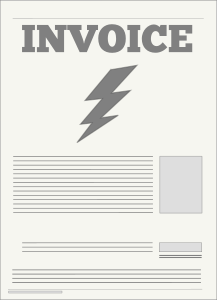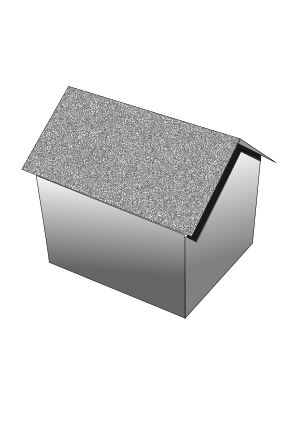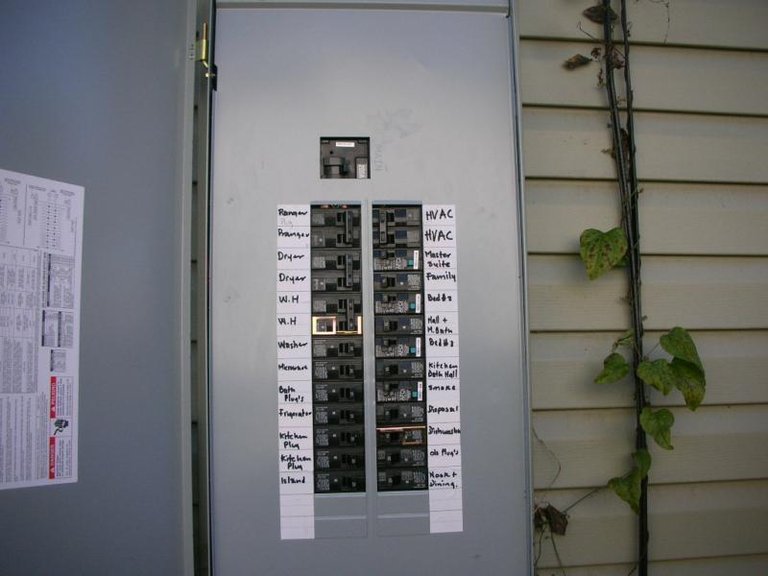Deciding to make your home a solar home should neither be intimidating nor complicated. Unless you have another motivation, most home owners are going solar to lower their energy cost. The 2 most utilized types of solar applied to a residence are PHOTOVOLTAIC (using the energy from the sun to produce electricity) and HOT WATER aka THERMAL (using the heat from the sun to heat your water).
Both types of solar, in the right situations, can lower your energy cost. For the purpose of this article, we will focus on just the benefits of a PHOTOVOLTAIC (PV) SYSTEM.
STEP 1: DETERMINE HOW MUCH YOU ARE PAYING FOR ELECTRICITY

To find out if you will benefit from a PV system, you first need to find out how much you are currently paying for energy. Start by adding up the cost of every electric bill you paid for the last 12 months. Once that is completed, you then need to find out how many kilo watt hours (kWh) you consumed over the same payment period. Most electricity providers will bill you per kWh plus tax. That information, if neither displayed on your utility bill nor on your online account, can be obtained by calling your electricity provider. Please note that you may be in an energy market where you pay two separate companies for energy, one company to generate the energy and another to deliver the energy (i.e. areas of Texas).
STEP 2: PERFORM SOME SIMPLE MATH

Take your total energy cost for a 12 month billing period and divide it by the number of kWh's your used over the same time period (i.e. $3,492/14,606 kWh's = $.239 or almost $.24 per kWh). This average price per kWh is a great metric to compare your current cost versus your future cost of going solar with a PV system.
STEP 3: SEE HOW MUCH SHADE FALLS ON YOUR ROOF

Most homeowners install their PV systems on their roof. It's important to see how much shading lands on the roof of your home through out the day. Unfortunately, shade is the nemesis of all solar systems. The more shade, the less sunlight; the less sunlight means lower system efficiency of production; the lower the system efficiency, the larger you need to build your system to replace your current energy usage; the larger your system, the more it cost to go solar. Over shading from either trees or structures not on the homeowner's property line is a common reason why it doesn't make fiscal sense for some home owners to go solar.
To determine your shading, look up satellite photos of your home online. If you are north of the equator (i.e. North America), sun light comes from the south of your home (the reverse is true if you are south of the equator). Take note of all the trees, buildings and other possible structures to the south, east and west that are casting a shadow on your roof. Do not be concerned about any trees or structures to the north, as they will not be shading your roof. If you have a modest amount of shading or none at all, then the surface of your roof is the least expensive location to install a PV system.
If either your roof receives a considerable amount of shading through out the day or you do not want the panels to be visibly displayed on your roof, you may want to choose a land mounted PV system (check back here a link to a blog on land mounted PV systems).
STEP 4: KNOW THE CONDITION OF YOUR ROOF

If you are planning on installing the solar system on your roof, it's important to know its condition. One of the first steps a solar company will take is to inspect the site where the system is planning on being installed. If you already know your roof is old and in poor condition, you can assume you will need a re-roof. The re-roof is an additional cost. I would be wary of any company saying they can re-roof your home for free (which is not true). If you are buying your PV system, then the company is using "projected energy saving" as reasoning to why a re-roof is free. It's not free, you do pay for it one way or the other. If you are leasing a system and a solar company offers a free re-roof (a rare occurrence), it will only be for the area of roof where the system is going to be placed, not a complete home re-roof.
If your roof is in need of repair before going solar and you have the area on your property, land mounted solar may be a less expensive alternative to a re-roof and roof top mounted solar. (Please note that most solar companies offering a lease do not lease land mounted solar systems; check back here for an article on land mounted solar).
STEP 5: WHAT IS THE SIZE OF YOUR MAIN ELECTRICAL PANEL?
If you are saying "good question, but I am not sure" then I am happy you know what a main electrical panel is. If you are like most of us, you are probably asking yourself, "what is a main electrical panel." The main panel is where electricity from the utility grid enters the home. It is usually right next to your electricity meter (the device that records your electricity usage). Your PV system will also feed into your main electric panel.
Ideally your home will have between a 140 AMP - 240 AMP main panel. The size of your main panel is usually listed on inside of the metal cover. Depending on your specific PV system size and what is connected to your main panel (i.e. air conditioner, appliances, pool pump, etc.) will determine if you will need a main panel upgrade (i.e. increasing the size of the main panel).
Due to the diversity of specific circumstances, unless you know with out a doubt your main panel size, it's better to have someone with electrical experience explain your specific main electrical panel to you.
STEP 6: I KNOW MY ENERGY COST, I AM FINE WITH THE SHADING, GOOD ROOF CONDITION, NOW WHAT?

Now that you are armed with the knowledge of your kWh cost, roof conditions and hopefully main panel size, start looking at reviews of the solar companies in your area. Look at multiple reviewing sites for each company. Once you find a few companies you are interested in, it is time to see what is being offered in your solar market. Most solar companies install PV systems basically the same way, however their pricing, quality of equipment and warranties can vary greatly. Take multiple bids. Pay close attention to the equipment being installed, the manufacturer's warranties on that equipment and any guarantees offered by the company. Company guarantees should include roof (against leaks) and equipment (i.e. "bumper to bumper guaranteed for '"X"' number of years). Local companies are more likely to negotiate a price so you can have one company bid against the other. Once you have a couple of bids, do a side by side comparison of offers to make sure the quality of equipment, install time line and company guarantees are similar before evaluating the system cost.
The larger, nationally known companies generally do not negotiate. Most all companies offer customized lease options in addition to purchase options and financing options (check back here to learn more about lease vs. purchase options).
Generally speaking, if you are spending more than $.10 kWh and in a position to pay cash for your system, you should seriously look at going solar. If you are not in a position to pay cash, but you are paying more than $.12 kWh, leasing or financing a PV system may be a great option for you (depending on what the average kWh price is being offered through a lease or financing option).
Please note, when you are financing your system, be sure you add up all the payment amounts over the life of the loan and divide that cost by the number of kWh's delivered over the same period of time. I have seen all too often home owners look at only the cash price, minus the 30% income tax credit, to determine the price of the system. They leave out all the interest on the loan when calculating their kWh average. Often times it makes more fiscal sense to lease a system than to finance one, based on the average cost per kWh.
STEP 7: RELAX, GOING SOLAR SHOULD MAKE YOU EXCITED

Turning your home into a solar home should make you excited. If you feel stressed or concerned you are making a mistake, then maybe its not right for you. My favorite day in the solar industry is the day my clients get installed. My second favorite day is the day I do a bill review with them and show them how they are financially benefiting from going solar.


that's pretty interesting I like it thanks a lot for sharing and keep on posting;)
Great article
Cool! I follow you.